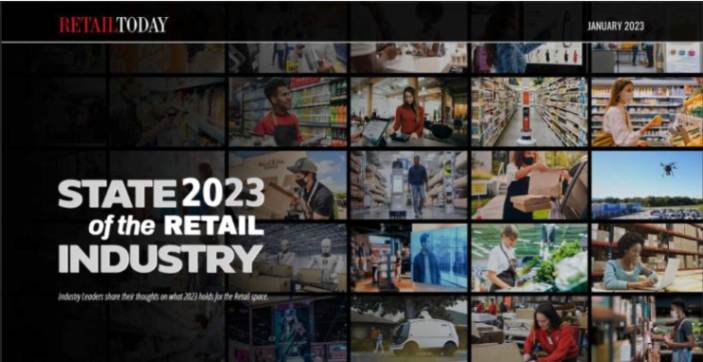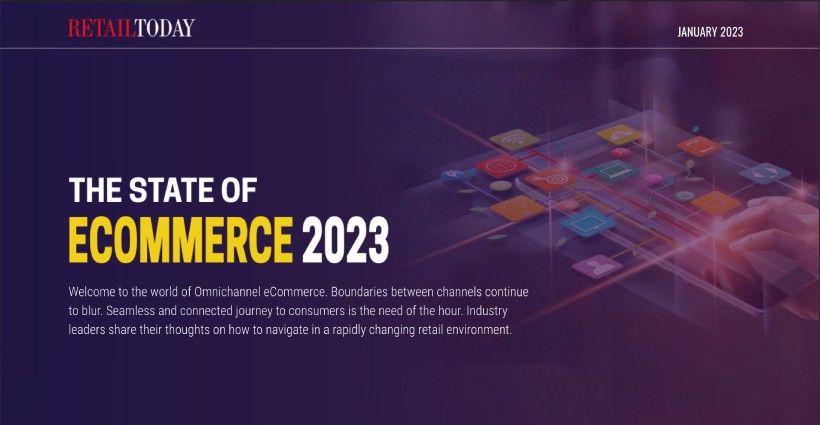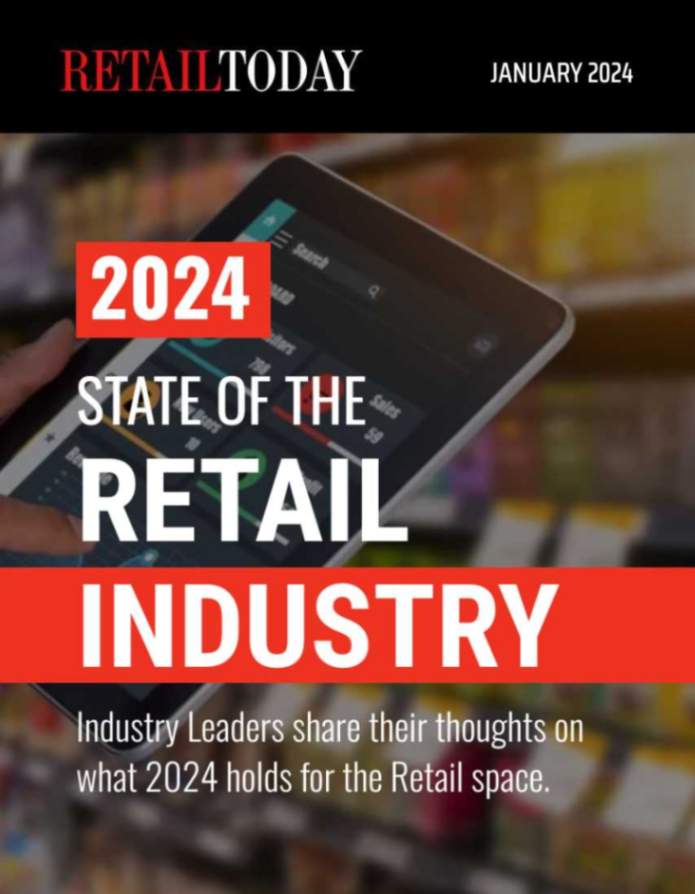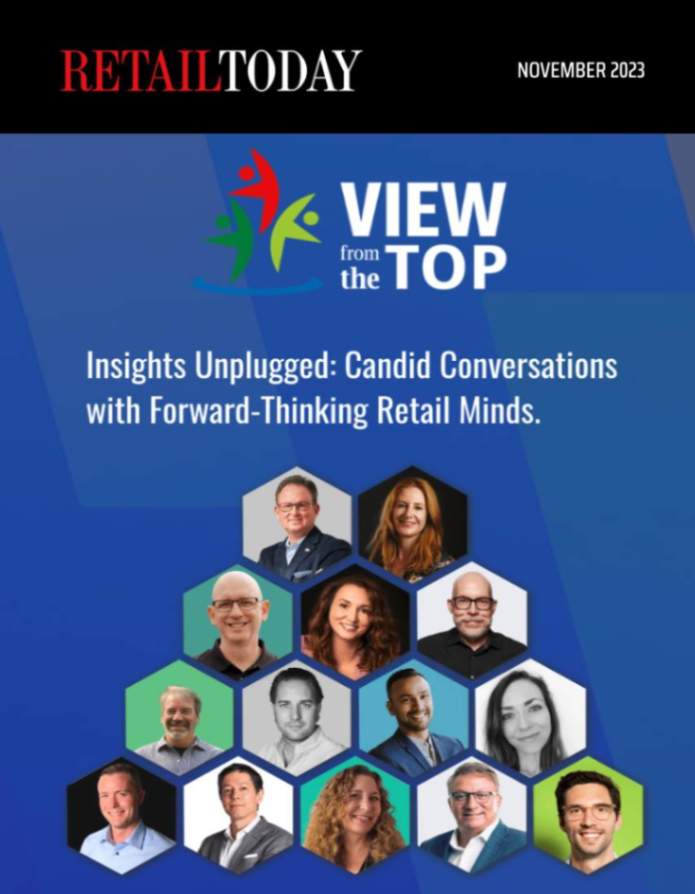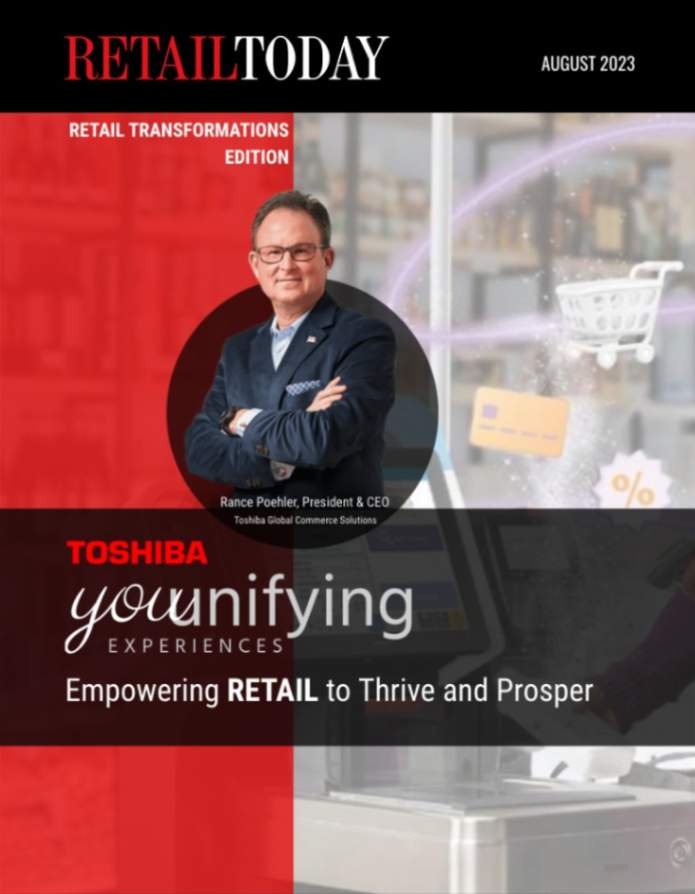
The American physical shopping experience runs the gamut from peering into Fifth Avenue department store Christmas windows to strolling a quaint cobblestone main street to being pulled into the grand spectacle of the recently opened American Dream mall. But as diverse and awe-inspiring as brick and mortar can be, Amazon’s dominance has placed the in-person shopping experience under threat. However, that is no reason for physical retailers to give up hope—the battle is far from lost, as we found in a recent study we ran with IHL, How Retailers Win Loyalty in an Omnichannel World. What we heard from consumers is that by catering to their strengths, brick-and-mortar stores can regain significant market share from online retail by increasing trust and loyalty.
How can they do this? One major factor our research uncovered was a loss of consumer trust in physical retailers’ ability to be in stock. Let’s face it, Amazon is winning here, with its limitless selection of inventory which often come at cheaper prices, and the knowledge that the ordered product will arrive within a certain time. However, physical shopping is exciting, fun and a journey of discovery, and the average American consumer still has a desire for a physical shopping experience. We’ll explore a couple of key reasons for that here.
Urban corner stores and suburban malls have been hubs for social activity for the past four or five decades. In the wake of the pandemic, a period of intense isolation, many Americans found themselves craving the sense of community that comes from shopping in person. A State of Consumer Behavior report from 2021 found that 13 percent of customers returning to brick and mortar stores were motivated by “a sense of intimacy.”
Apart from creating community, brick and mortar has two practical edges over online retail: speed and transparency. Our Consumer Loyalty study found that 75 percent of consumers shop in-store because they need the items immediately, while 57 percent said their primary reason for shopping in-store is to touch and feel or try on items before purchasing them.
So how can brick and mortar retail capitalize on these advantages? It all starts with inventory. Across all segments, more than 25 percent of the customers we surveyed reported decreased trust in retailers based on flawed, usually low inventory levels. According to another recent study, the supply chain crisis is mostly to blame for out-of-stocks, accounting for $129.2 billion in sales losses in North America in 2022—a 150 percent increase over 2020’s figures. While this figure may look bleak, physical retailers can take solace in the cyclical fact that once the scars of the pandemic fade and macroeconomic conditions recover, so will a portion of consumer sentiment.
However, brick-and-mortar retailers shouldn’t sit idly by waiting for supply chain issues to resolve themselves. They must take immediate steps to overhaul their inventory systems, incorporating new, innovative technologies into their outdated inventory infrastructure.
By incorporating AI into their stock management systems, retailers can algorithmically manage inventory, resulting in less overstocks and out-of-stocks. Prescriptive analytics can be used to put machine learning software to work, giving retailers the capability of analyzing consumer trends and making real-time decisions regarding pricing, promotions, and assortment. It’s been estimated that prescriptive analytics alone can raise same-store sales by 2 to 5 percent. The convenience, personalization, and reliability that AI can provide may give customers a newfound sense of brand loyalty.
We’ve seen that solving inventory issues is key to winning back customer loyalty—but these days, physical retailers also need to get and keep their omnichannel act together. Incorporating BOPIS (Buy Online Pick Up In Store) is one way of doing this. BOPIS combines the accessibility of online shopping with the comfort of visiting brick-and-mortar stores. One study found that 67 percent of shoppers in the U.S. have used BOPIS in the past six months, and 75 percent of these shoppers say they are likely to make additional BOPIS purchases.
Retailers must keep in mind that simply adopting BOPIS isn’t enough—the program has to be implemented competently or risk some of the same flaws that have marred physical retail in the past. In our study, a sobering 28 percent of physical retailers report having had out-of-stocks when using BOPIS. While this figure may simply reflect growing pains from incorporating a new technology, it may also be a symptom of a larger underlying data challenge. Gartner points out that retailers looking to adopt unified commerce capabilities like BOPIS require a single centralized platform that connects all systems, channels, and touchpoints in real-time. A dynamic data unification platform gives retailers a “single source of truth” for inventory and can share up-to-the-moment inventory data with any destination channel or application to ensure stock availability.
Physical retailers need to be open to change. We’ve seen how gaining deep visibility into and understanding of their inventory is one key to resolving the supply chain issues that have plagues retail for the past couple of years. Physical and online retail can coexist and even learn from each other by strategically incorporating AI and machine learning—and without it, retailers will experience losses in trust, loyalty, and revenue.
Can Physical Retailers Get Better at Out-Amazoning Amazon?
While small, disorganized boycotts of Amazon have attempted to dim the corporation’s image, the truth remains that the average American consumer still places a great amount of trust in the company. Our research found that this surge of faith in Amazon has been most prominent among those in higher income brackets—among households making $100,000 to $150,000 a year, 50 percent reported increased trust in the company over the past two years.
This nationwide pivot to Amazon isn’t simply the result of the company’s competence. It’s due in part to the decline of physical retail. Already reeling from ecommerce and rapid changes in consumer behavior, physical retail was dealt two successive blows with the pandemic and the ensuing global supply chain crisis. The rise of Covid-19 made online retail a less risky option than shopping in stores. After the initial pandemic lockdowns, loss of revenue snowballed for physical retailers into 2021, when the supply chain crisis made out-of-stocks commonplace for brick-and-mortar stores. Out-of-stocks for physical retailers are quickly converted into sales for online retailers. Our research found that when confronted with out-of-stocks, Amazon Prime members take out their phones and purchase the desired item online 73 percent more of the time than do non-Prime members. They are also 40 percent less likely to ask an associate to check other stores or the retailer’s online site for a desired item.
The question becomes: how can retailers compete with Amazon? Should they simply accept their demise, or can they make radical changes to regain customer loyalty? In our previous article, we focused on what physical retailers can do to capitalize on their distinct advantages over online retail—leveraging a sense of community and the comfort and speed that comes with an in-person shopping experience. Here we’re discussing the opposite: out Amazoning Amazon—that is, competing with Amazon by using some of the same techniques that they’ve employed so successfully.
Luckily for those taking this approach, Amazon may be giving them some ground. The company recently killed plans to open 42 facilities totaling almost 25 million square feet of usable space, and delayed opening an additional 21 locations, totaling nearly 28 million square feet. They have also recently announced workforce layoffs in significant numbers. What this means for physical retailers is that, in addition to capitalizing on cracks in any weaknesses, perceived or otherwise of Amazon’s delivery dominance, they can compete by improving the experience at checkout. Our research shows that when people left stores without buying what they intended to purchase, 14.5 percent of the time it was not due to empty shelves, but because checkout lines were too long. This inefficiency during the eleventh hour of the shopping journey translates to $27 billion a year in losses for North American retailers. Adding self-checkout or using scan-and-go technology can help narrow the gap between traditional retailers and Amazon.
When it comes to pricing discounts, Amazon is generally winning; but if retailers can employ new, innovative technologies the scales might be tipped in their favor. Retailers are losing close to $90 billion in sales per year, our study found, simply because pricing on the shelves doesn’t match the price in promotions or online. Most of these retailers blame staff shortages for this problem, not realizing that increasing the labor force is only a band-aid solution to this particular problem. It would be far more sustainable and lucrative to update their infrastructure to incorporate new technology. AI powered software applications for Assortment Planning and Promotion and Lifecycle Price Management can ensure consistent pricing across channels. As a result, retailers would not only maximize sales but improve their margins, as well.
It’s a steep, uphill battle for retailers to gain back a slice of Amazon’s market share—but competitors with physical store presence should see this challenge as an opportunity to truly revolutionize their business models. Only the strong will survive these tough post-pandemic, inflationary times, but the retailers that do will emerge more profitable and sustainable—and better able to cater to the future generation of American consumers.
Kevin Young is the CMO of ToolsGroup. Prior to ToolsGroup, Kevin was the CMO at TraceLink where he helped build the world’s largest pharmaceutical supply chain network. Before TraceLink, he was CMO at INTTRA by E2open. He has over 25 years of supply chain and e-commerce marketing experience at companies ranging from large enterprises such as SAP and Microsoft to successful startups like FreeMarkets/Ariba. Kevin completed his BA at the University of Notre Dame, and his MBA at Carnegie Mellon University.

